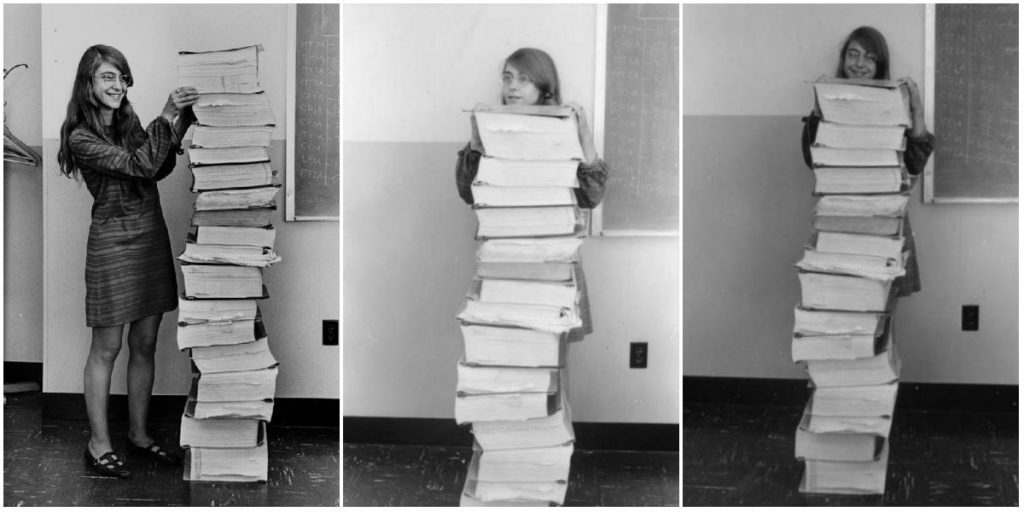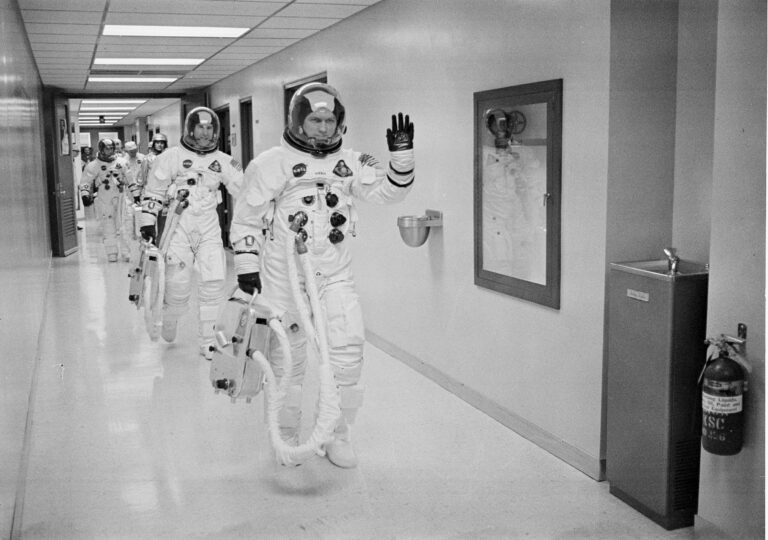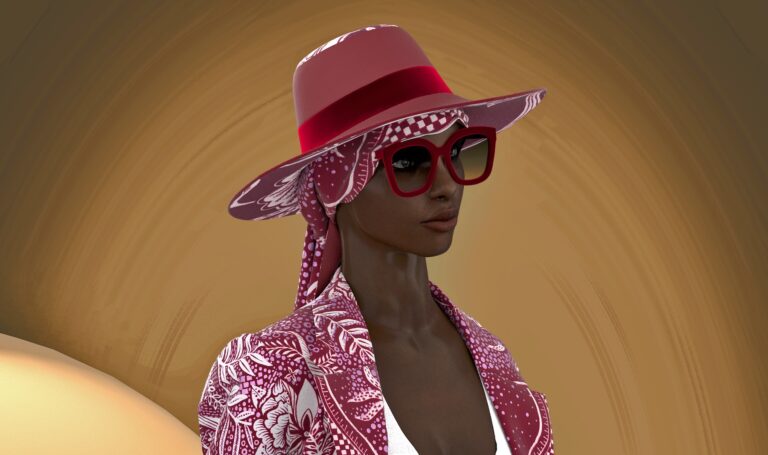The pioneering computer scientist whose code put human beings on the moon
We all know what Neil Armstrong said when he stepped out onto the moon: “One small step for man, one giant leap for mankind.” What is less well known is the role of a woman in getting him there — the trailblazing software engineer Margaret Hamilton.

The original software engineer
Born in Indiana in 1936, Margaret Hamilton was a computer scientist before it was even a recognized discipline; in fact, she even coined the phrase “software engineer”.
After studying mathematics, she learned to code while working for Professor Edward Lorenz at the Massachusetts Institute of Technology; her role was to create systems to predict the weather, and she played an essential role in the development of Lorenz’s famous chaos theory.


In 1964 she started working for the Apollo project, and by the time NASA was ready to send a manned flight to the moon, it was Margaret Hamilton — at the time, a working mom — who was in charge of the software. That the astronauts made it to the moon and back safely is in large part due to her rigor: not a single bug is known to have been found in any of the manned Apollo missions. Awarded the Presidential Medal of Freedom by Barack Obama in 2016, this computer pioneer was back in the limelight on the 50th anniversary of the moon landings in 2019 when Google created a portrait from 100,000 solar mirrors in her honor.


A geometric tribute to a pioneer
With its mathematically-pleasing print and feminine silhouette, the Margaret Hamilton Button-Through Dress reminds us that women have always been at the forefront of computer programming; after all, Ada Lovelace, the world’s first computer programmer, was a woman. The geometric pattern is balanced by a playful fit-and-flare shape to create a lightweight dress that’s perfect for summer.













